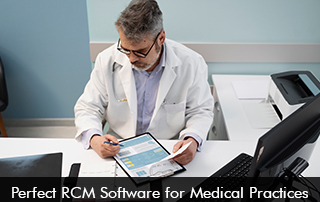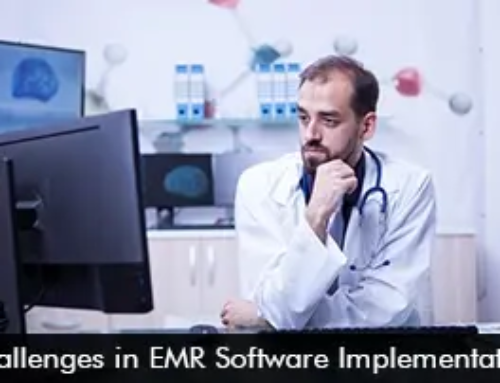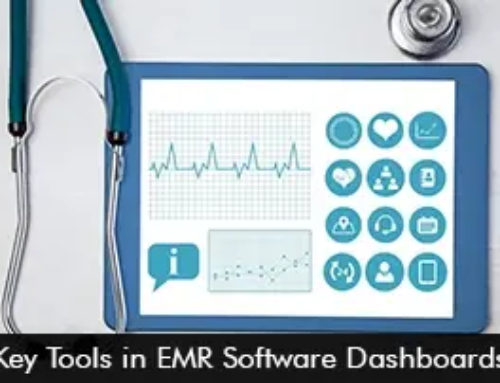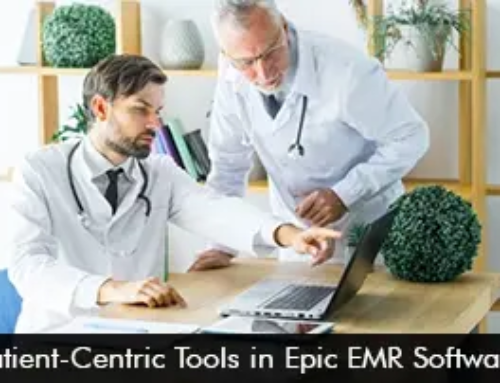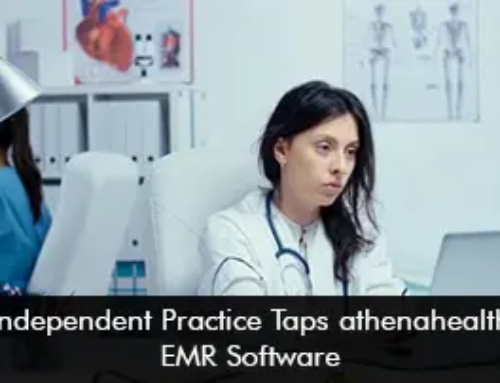Running a medical practice involves more than just providing care to patients. Behind the scenes, there is a complex web of administrative tasks, billing processes, and revenue management. To keep everything running smoothly, medical practices need the perfect RCM software. But what exactly is RCM software, and what makes it perfect for medical practices? Let’s dive in.
Understanding RCM Software
RCM stands for Revenue Cycle Management. RCM software is designed to streamline and automate the financial processes within a healthcare organization. It manages everything from patient registration to billing and claims processing. The goal is to ensure that healthcare providers get paid for their services in a timely and efficient manner.
Key Features of Perfect RCM Software
User-Friendly Interface – The perfect RCM software should have an intuitive and easy-to-navigate interface. Medical staff should be able to use the software without extensive training. This reduces errors and increases efficiency.
Automated Billing and Coding – Accurate billing and coding are crucial for maximizing revenue. The software should automatically generate accurate codes for procedures and services. This minimizes the risk of claim denials due to incorrect coding.
Claims Management – Managing claims can be a daunting task. The perfect RCM software should streamline this process by automatically submitting claims to insurance companies. It should also track the status of each claim and alert staff to any issues that need attention.
Patient Scheduling and Registration – Efficient patient scheduling and registration are vital for smooth operations. The software should allow easy appointment scheduling, send reminders to patients, and handle online registrations. This ensures that appointments are kept and reduces no-shows.
Comprehensive Reporting and Analytics – Data is key to improving any process. The perfect RCM software should provide comprehensive reports and analytics. These insights help medical practices understand their financial performance and identify areas for improvement.
Secure and Compliant – Patient data security is paramount. The software must comply with all relevant regulations, such as HIPAA in the United States. It should have robust security features to protect sensitive patient information.
Integration with Other Systems – Medical practices often use various software systems. The RCM software should easily integrate with electronic health records (EHR), practice management systems, and other relevant software. This ensures a seamless flow of information across the organization.
Benefits of RCM
Increased Revenue – By automating billing and coding, RCM software reduces errors and ensures timely claim submissions. This leads to faster reimbursements and increased revenue.
Improved Efficiency – Automation reduces the burden of manual tasks on staff. This allows them to focus on more important tasks, such as patient care.
Better Patient Experience – With efficient scheduling and registration, patients have a smoother experience. Automated reminders reduce missed appointments, improving overall patient satisfaction.
Enhanced Compliance – The perfect RCM software ensures that all billing and coding practices comply with relevant regulations. This reduces the risk of audits and penalties.
Actionable Insights – Comprehensive reporting and analytics provide valuable insights. Medical practices can use this data to make informed decisions and improve their financial health.
Choosing the Right RCM Software
When selecting RCM software for your medical practice, consider the following factors:
Scalability – Choose software that can grow with your practice. It should be able to handle an increasing number of patients and claims without compromising performance.
Customization – Every medical practice is unique. The software should be customizable to fit the specific needs of your practice.
Support and Training – Ensure that the software provider offers excellent customer support and training. This is crucial for smooth implementation and ongoing use.
Cost – While cost should not be the only factor, it is important. Compare the pricing of different software options and choose one that offers the best value for your budget.
User Reviews – Research user reviews and testimonials. This provides insights into the experiences of other medical practices with the software.
Implementation Tips
Plan Ahead – Careful planning is essential for successful implementation. Define your goals, assign responsibilities, and create a timeline.
Invest in Staff Training – Provide comprehensive training to your staff. This ensures that everyone knows how to use the new system effectively.
Monitor Progress – Regularly monitor the implementation process. Address any issues promptly to keep the project on track.
Evaluate and Adjust – After implementation, evaluate the performance of the software. Make any necessary adjustments to ensure it meets your practice’s needs.


